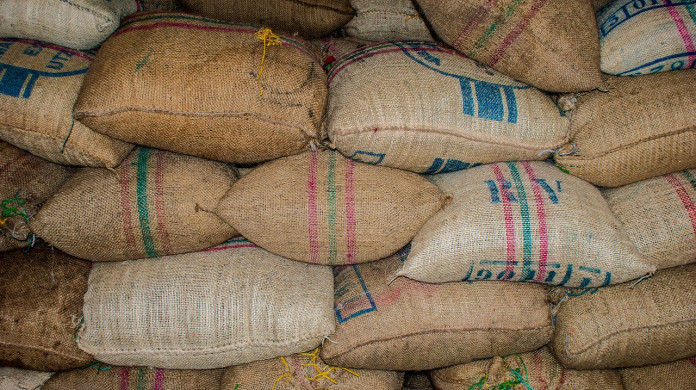Truth, civility, and honesty took a hard beating in the brutal 2016 election season, but global trade, the campaign’s daily whipping boy, actually grew in the July-September quarter.
Moreover, reports the CPB Netherlands Bureau for Economic Policy Analysis, an international group that tracks trade, the late summer surge means global trade “may rise over the year as a whole.”
That rise, of course, could end during a Trump Administration if the president-elect honors any of the anti-China, anti-NAFTA, anti-TPP, and anti-T-TIP promises that became the bedrock of his “Make America Great Again” stump speech.
Since his win, Trump’s anti-trade tone has moderated but no one believes it has completely faded.
Ag needs exports
Farmers and ranchers, who pollsters say voted overwhelmingly for Trump, remain wary, because 20 percent of all U.S. farm production is sold overseas.
In 2015, U.S. agriculture exported $133 billion of bulk commodities and food to over 100 countries around the world. (American ag exports topped $150 billion in 2014, a record.)
Even more worrisome is that Trump’s toughest trade talk is aimed at deals that involve our very best food buyers — Canada and Mexico (the North American Free Trade Agreement, or NAFTA), China (that the Trans-Pacific Partnership, or TPP, isolates), and the European Union, or EU, (through the Transatlantic Trade and Investment Partnership, or T-TIP).
These four customers — Canada, China, Mexico, and the EU — bought, respectively, $21 billion, $20 billion, $18 billion, and $12 billion of U.S. ag exports in 2015.
That’s a staggering 53 percent of all American farm and ranch goods sold abroad. That fact bears repeating: 53 percent of all 2015 U.S. ag exports went to just four buyers now in the crosshairs of the incoming Trump White House because of what he calls “the worst trade deal ever,” NAFTA, and two other, all-but-dead regional deals, T-TIP and TPP, he says are “terrible.”
Obama failed
Trump isn’t alone in condemning current or pending trade deals. Not long ago, one presidential candidate openly complained that “NAFTA’s shortcomings were evident when signed and we must now amend the agreement to fix them.”
That candidate was Barack Obama in 2008, recalls Timothy Wise of the Small Planet Institute, in a Nov. 22 blog post on BillMoyers.com.
Obama’s failure to “amend” or fix NAFTA, Wise adds, helped Trump’s anti-trade message gain traction on his opponent, Hillary Clinton, an Obama acolyte.
NAFTA does have shortcomings, says Wise: weak environmental and labor standards, outdated regulations for immigration, and rules that empower corporations to sue nations over actions that “impede profits” to name but a few.
Will a President Trump fix those problems? No, believes Wise, because Trump’s trade view, as he often said throughout the campaign, is “America first.”
In NAFTA that means a “nationalist version of anti-worker, pro-corporation trade deal,” which “will be a disaster for the working class Americans who gave him their votes.”
If that NAFTA stance becomes the Trump’s template for other trade negotiations, disaster awaits American farmers and ranchers who export 75 percent of all the cotton they grow, 50 percent of all their rice and wheat, over 40 percent of all soybeans, and nearly 25 percent of all pork.
In short, we have an ag policy — for better or worse — built on trade. As such, trade isn’t just a big deal to most farmers and ranchers; it’s the whole deal.
Anti-trade rhetoric might be red meat to blue-collar voters but it won’t go down well with cash-paying foreign food buyers that the U.S. ag sector has grown absolutely dependent on.
Pay attention
Still, it would be a serious mistake to sell this president-elect short. Sixteen Republican challengers and one can’t-lose Democratic opponent made that mistake in just the last year. All were vanquished; most easily.
So, when Donald Trump says he’s going to renegotiate America’s “rotten” trade deals, expect him to try. Then pray he quickly learns that American ag exports aren’t rotten and they’re not broken.
Not yet, anyway.















Another political article in Farm & Dairy? What a disappointment and waste of printed space. I don’t think these articles have any place in a farming magazine.